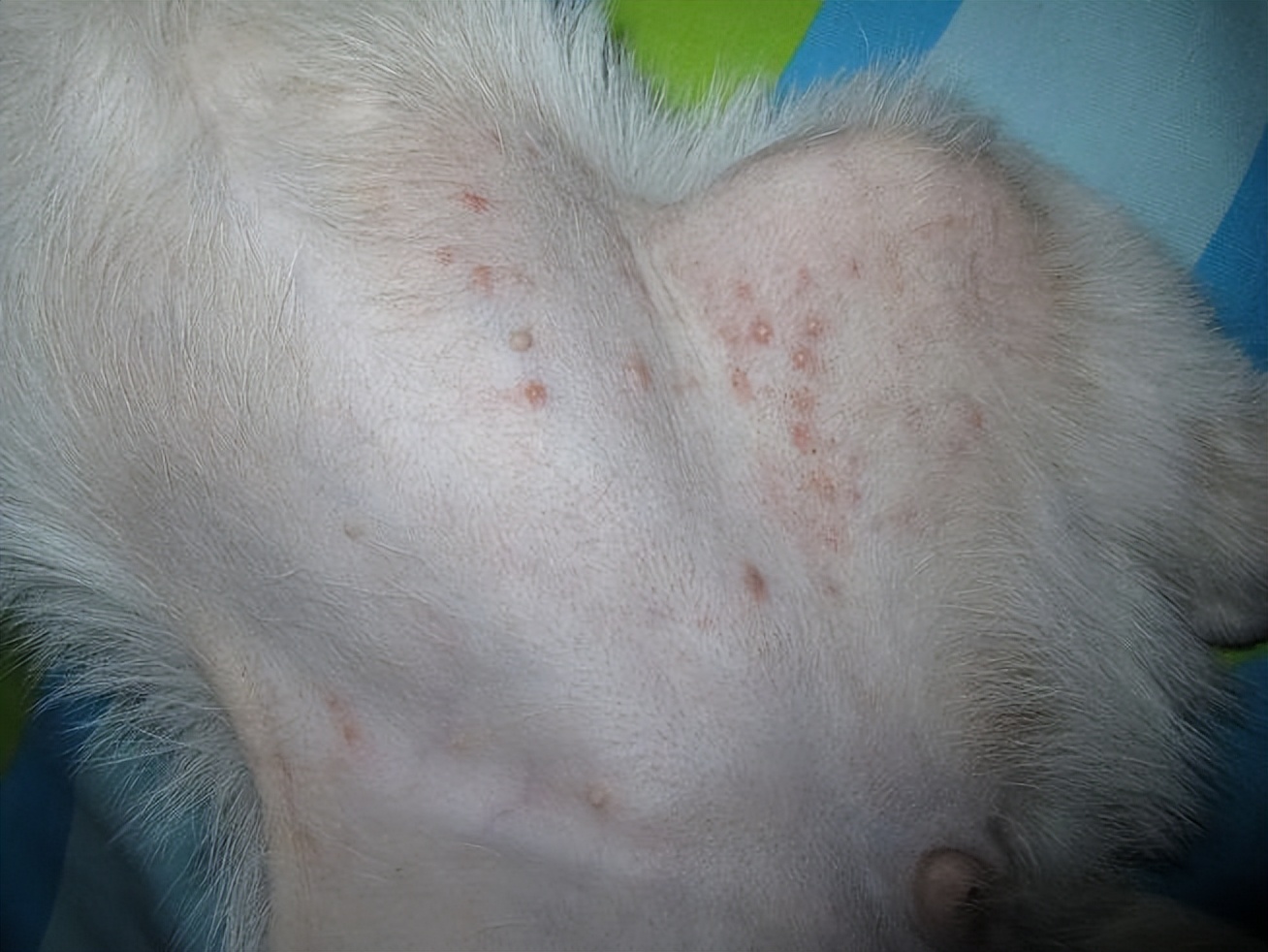Dog Parasite Symptoms: Key Signs & Prevention Tips
4 Signs Your Dog Has External Parasites and Prevention Tips for Pet Owners
Summer months bring a higher risk of parasites that threaten your dog’s health. When dogs play outdoors, they often contact grass and soil teeming with insect eggs, making parasite exposure unavoidable. How can you tell if your dog has external parasites? Look for these four key signs:
1. Excessive Scratching and Skin Irritation
Dogs with external parasites like fleas or ticks will constantly scratch, bite, or shake their bodies. You might notice red patches, flaky skin, or even open wounds from persistent scratching. Severe cases can lead to infections or scabs. If your dog seems restless and focuses on specific body areas, parasites could be the culprit.
2. Dull or Brittle Fur
Healthy coats shine, but parasites steal nutrients from your dog’s skin, leaving fur dry and lifeless. If brushing reveals excessive shedding or bald spots (especially around the eyes, back, or mouth), it’s time to check for external parasites. Nutritional deficiencies can cause similar issues, so consult your vet for clarity.
3. Red Bumps or Rashes
Part your dog’s fur to inspect their skin. Small red bumps often signal mites, which burrow under the skin and damage hair follicles. This causes intense itching, leading to rashes, sores, or even a foul odor. Mites thrive in warm environments, so summer hikes or grassy areas increase risks.
4. Patchy Hair Loss
While shedding is normal, concentrated hair loss with crusty skin or dandruff points to parasites. For example, mange (caused by mites) creates bald patches and inflamed skin. A vet can perform a skin scrape test to confirm external parasites and recommend treatment.
How to Protect Your Dog from External Parasites
Preventing external parasites is easier than treating an infestation. Follow these steps:
1. Clean Living Areas
Regularly vacuum carpets, wash pet bedding, and disinfect surfaces. Fleas and ticks hide in fabrics and cracks.
2. Avoid High-Risk Zones
Limit time in tall grass or areas frequented by stray animals, which often carry parasites.
3. Use Preventative Treatments
Monthly flea/tick medications or collars are highly effective. Ask your vet about safe options.
4. Sunlight Exposure
Brief sunbathing helps kill parasites and boosts your dog’s vitamin D levels.
External parasites aren’t just uncomfortable—they can spread diseases to pets and humans. By spotting symptoms early and maintaining prevention habits, you’ll keep your dog healthy all year. If you suspect parasites, visit your vet promptly for targeted solutions.
—











